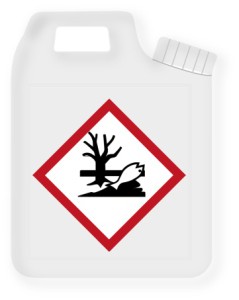FURTHER INFORMATION ABOUT PHYTOPHARMACEUTICAL PRODUCTS
What is the difference between pesticides and phytopharmaceutical products?
Pesticides encompass phytopharmaceutical products, as well as biocides and anti-pest products for human and veterinary application. Phytopharmaceutical (or “phytosanitary”) products are meant for agricultural use or the maintenance of green spaces and private gardens. They are intended to protect plants (mostly crops) against harmful organisms (plants or insects, bacteria, fungi, and animals), ensuring the preservation of plant products. They are composed of one or more active substances.
The main categories of phytopharmaceutical products are:
• insecticides, designed to eliminate insects or prevent the normal progress of their life cycle
• herbicides or weed killers, which limit the development of competing plant crops or weeds
• fungicides, intended to protect plants against diseases caused by fungi
Products covered by directives
From a regulatory point of view, three product types can be distinguished. There are pesticides used principally for the protection of plants, known as phytopharmaceutical products (Directive 91/414/CEE) or more commonly known as phytosanitary products; biocide products (defined in Directive 98/8/CE); and anti-pest products for human and veterinary use (Directives 2004/27/CE and 2004/28/CE).





